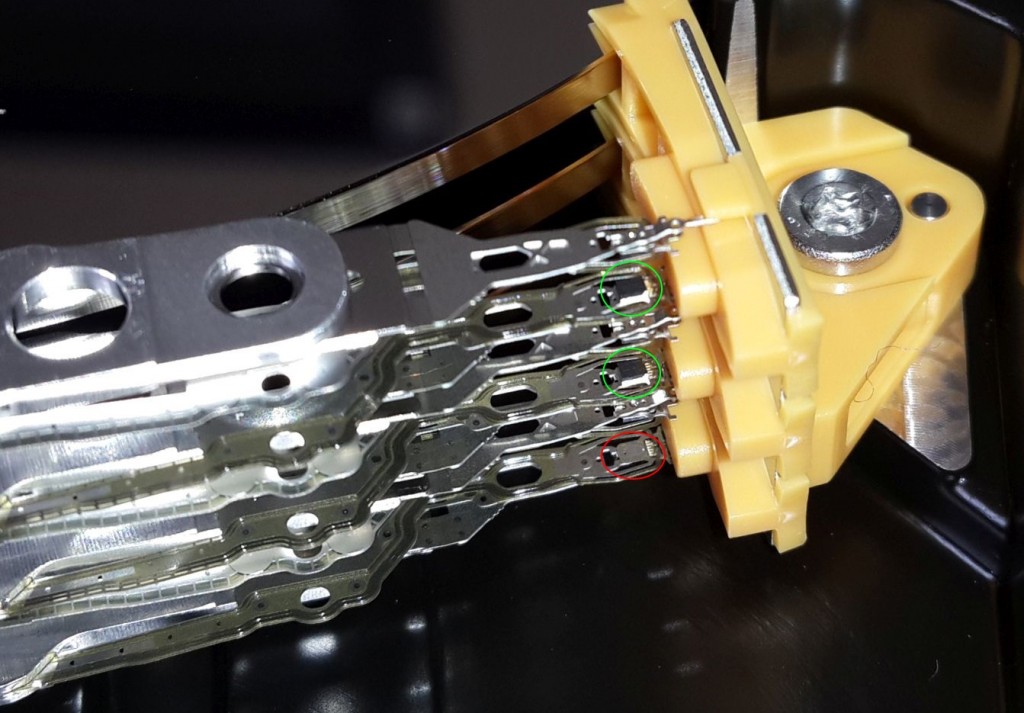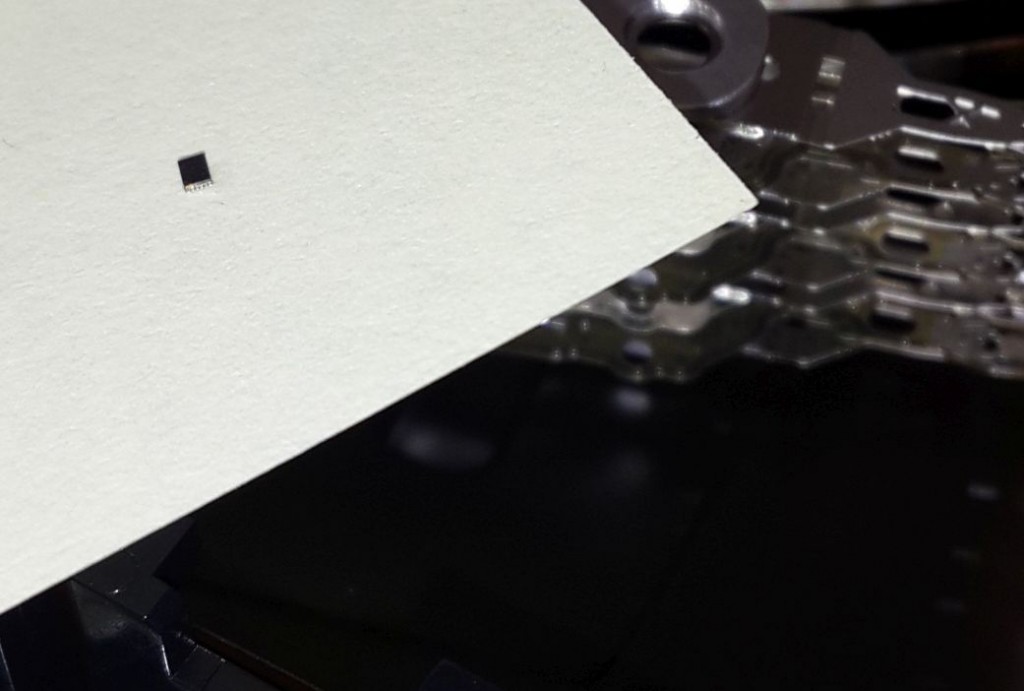A year ago I had an unfortunate accident, in which I dropped a barely used 2TB WD Green drive. It fell from about 30cm height onto a hard surface, creating a noticeable dent on the outside. It stopped working on the spot, making unusual sounds and cycling down instead of operating normally. On the one hand, I was disappointed that such a fall broke it in such a way. On the other hand, I know that hard disk drives are very fragile devices that shouldn’t be exposed to such force. As the disk had no valuable data, I just shoved it in storage at that time (feeling sad).
So this week I was going over my old junk and recalled this piece. Having dealt with various data loss and recovery projects in the past, I was curious as to what kind of damage was caused to result in such behavior. Armed with Torx screwdrivers I went to investigate and here is what I found (watch the video):
A traditional spinning hard drive is made of spinning platters, heads that read data from the platters and some other electrical components. The problematic drive seems to be behaving well physically. It is rotating, the heads are moving but it seems to fail to initialize. It is as if the heads can’t find their position on the platter and the disk shuts down.
Further examination of the heads revealed a possible explanation of the malfunction:
This specific disk model has 3 platters. Each platter has two heads (one for each side of the platter). The heads are the small black squares on the end of the actuator arm. In the above photo, you can clearly see the bottom head missing :/ . Two properly mounted, up-facing heads are visible (marked green). Three other heads are facing down and are not clearly visible in this photo.
It doesn’t take long to find the culprit, the missing head, inside the drive enclosure, shown below on a piece of paper.
Quite amusing and a fun ending. 🙂
Now on a bit more serious note: if this disk would have contained valuable data that wasn’t backed up, a recovery would most likely be possible with the proper tools and facilities. The cost of such recovery is usually a few times the cost of a new drive, so it only makes sense as a means to recover the data and is not a useful method to “fix” the drive. In this case, replacement of the heads assembly would have been required. You can see how such an operation is carried out in the following video:
Don’t forget to backup!

